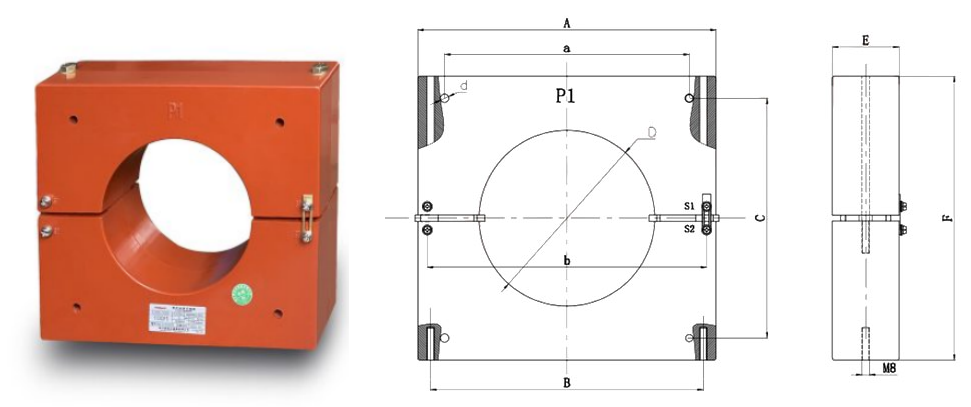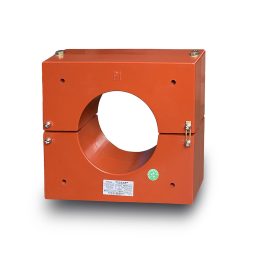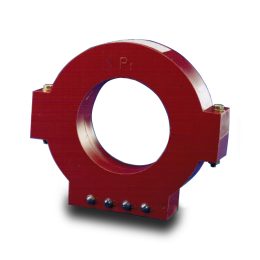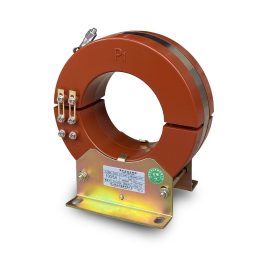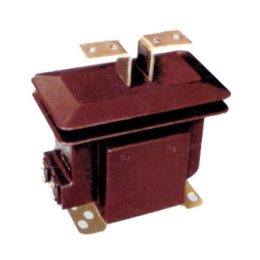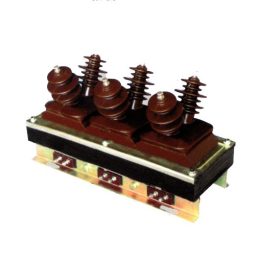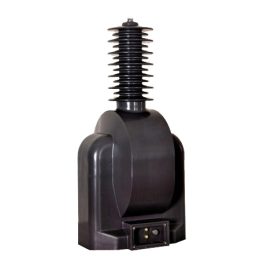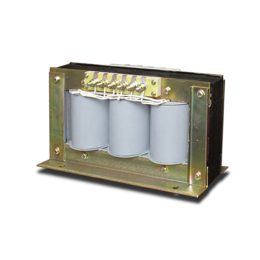Causes and Solutions for False Fault Alarms in Zero-Sequence Current Transformers
Introduction
Zero-sequence current transformers (ZCTs) are essential for monitoring and protecting electrical systems. These devices detect zero-sequence currents, typically caused by imbalances such as ground faults or equipment failures. ZCTs play a vital role in detecting these imbalances, helping power systems identify faults, prevent equipment damage, and maintain reliable operation. This article explores the causes of false fault alarms in zero-sequence current transformers and provides practical solutions to prevent them.
Common Causes of False Fault Alarms
1. Issues with Transformer Connections
One of the most frequent causes of false fault alarms is poor or loose connections at the transformer terminals. When the electrical contacts are not properly secured, they can cause incorrect readings, leading to false alarms. It’s essential to ensure that all connections are tight and secure, as even small issues with the wiring can trigger erroneous fault detection.
2. Environmental Electromagnetic Interference
Electromagnetic interference (EMI) from external sources is another significant factor contributing to false fault alarms. Power systems are exposed to various electromagnetic fields that can distort the current measurement signals in a ZCT. If the EMI exceeds the transformer’s tolerance levels, it can lead to incorrect readings, triggering unnecessary faults. To minimize the risk of EMI-related issues, the transformer should be installed in areas with minimal electromagnetic noise.
3. Transformer Performance Degradation
The performance of a ZCT depends heavily on its quality and condition. Transformers that are improperly selected, old, or damaged may not function accurately, leading to incorrect measurements and false alarms. Over time, aging components can deteriorate, affecting the transformer’s ability to accurately detect and report zero-sequence currents. Choosing the right transformer and replacing aging or faulty units is critical to maintaining reliable operation.
Solutions to Prevent and Resolve False Fault Alarms
1. Inspect and Secure Transformer Connections
To prevent errors due to poor connections, it is essential to inspect all wiring and terminals regularly. Loose connections or corrosion can disrupt current flow and cause the transformer to produce faulty readings. If you find any damaged terminals or wires, replace them immediately to avoid false alarms.
Solution: Tighten all connections and replace any worn or corroded terminals. For outdoor installations, use weatherproof connectors to protect against environmental damage.
2. Minimize Environmental Interference
Environmental factors such as electromagnetic interference (EMI) can negatively affect the accuracy of ZCTs. Installing the transformer in a clean, controlled environment helps minimize the impact of external factors. Additionally, shielding and grounding the transformer can prevent external electrical fields from distorting its measurements.
Solution: Enclose the ZCT in a protective housing to shield it from sunlight, moisture, and EMI. Use proper grounding techniques to reduce the risk of interference and improve measurement accuracy.
3. Select High-Quality Transformers and Perform Regular Maintenance
To avoid performance issues that lead to false alarms, it’s important to select a high-quality ZCT with excellent accuracy and electromagnetic immunity. Over time, even the best transformers can degrade due to wear, environmental stress, or prolonged use. Regular maintenance, including calibration and performance checks, can help maintain accurate operation.
Solution: Choose a transformer from a reputable manufacturer that meets industry standards for precision and durability. Regularly inspect and calibrate the device to ensure it continues to perform as expected.
4. Implement Real-Time Monitoring and Diagnostics
Using advanced diagnostic tools can help identify and resolve potential issues before they lead to false alarms. Installing monitoring systems that provide real-time data can assist in early detection of anomalies and prevent unnecessary shutdowns.
Solution: Integrate monitoring systems that can alert operators to abnormal readings. Real-time data helps in quickly identifying wiring issues, environmental factors, or performance degradation that could lead to false alarms.
Conclusion
False fault alarms in zero-sequence current transformer can disrupt operations and complicate troubleshooting, but with proper attention to key factors, they can be minimized. Regular inspection and maintenance of transformer connections, reducing environmental interference, selecting high-quality transformers, and using real-time monitoring systems are all essential practices to ensure accurate fault detection. By implementing these solutions, power system operators can maintain reliable and efficient protection for their electrical systems, ensuring a stable and safe grid operation.
Metadata
Title: Understanding the Causes and Solutions for False Fault Alarms in Zero-Sequence Current Transformers
Keywords: Zero-Sequence Current Transformer, False Fault Alarms, Power System Protection, Electromagnetic Interference, Transformer Maintenance, Energy Metering, Transformer Reliability
Description: This article explores the causes behind false fault alarms in zero-sequence current transformers and offers practical solutions to prevent them. Learn how to maintain accurate measurements and protect your electrical system from unnecessary disruptions caused by incorrect readings.
- Analysis of the Impact of Current Transformer Faults on Energy Meter Accuracy
- Analysis and Troubleshooting of Common Issues with Current Transformers
- Common Faults and Troubleshooting of Current Transformers Faults
- Analysis of the Impact of Incorrect CT S1 and S2 Connections and Reversed Input Lines
- Causes, and Solutions for Abnormal Heating in 10KV Current Transformers
- Zero-Sequence Current Transformer Protection Principle and Applications
